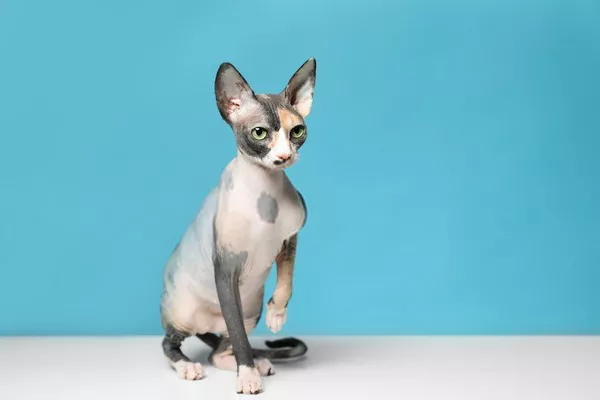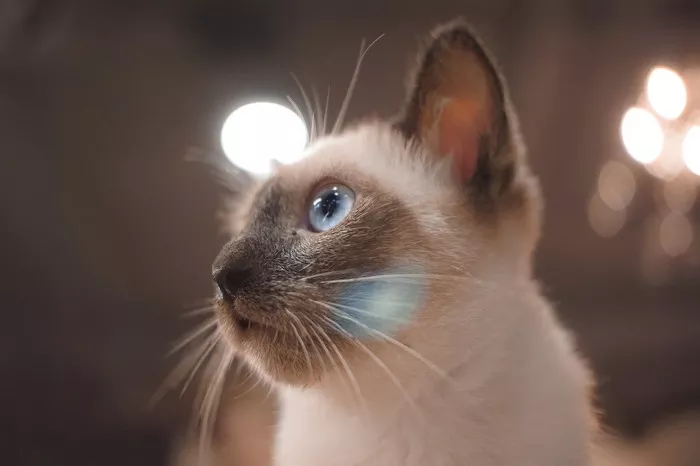Hairless cats, also known as Sphynx cats, are unique and captivating companions. Although they lack fur, they possess an endearing charm that has captured the hearts of many cat lovers. However, because of their lack of hair, hairless cats have specific care requirements that differ from those of their furry counterparts. In this comprehensive guide, we will explore the essential aspects of caring for and petting a hairless cat, ensuring that you provide them with the attention, comfort, and love they need.
1. Understanding Hairless Cat Breeds:
Before delving into the specifics of petting and caring for a hairless cat, it is crucial to familiarize yourself with the different breeds available. The most well-known breed is the Sphynx cat, but there are others, such as the Peterbald and Donskoy. Each breed may have its own distinct personality traits and needs, so researching and understanding their characteristics will help you create a suitable environment for your feline companion.
2. Preparing Your Home:
Hairless cats are sensitive to temperature changes due to their lack of fur, so ensuring a warm, cozy environment is essential. Set the thermostat to a comfortable temperature, around 75-80°F (24-27°C), and provide a soft, insulating bed where your cat can snuggle and keep warm. Additionally, consider placing blankets or heated pads in various areas of your home to provide additional warmth during colder months.
3. Skincare Routine:
One of the unique aspects of owning a hairless cat is their skincare requirements. Due to their lack of fur, hairless cats’ skin tends to be more sensitive and prone to dryness. Establishing a regular skincare routine is essential to maintain their skin’s health. Use gentle, hypoallergenic cat-specific wipes to clean their skin, paying careful attention to wrinkles and creases. It’s important to avoid using products or soaps that are not specifically formulated for cats, as these can cause irritation.
4. Sun Protection:
Hairless cats have a higher risk of sunburn because they lack fur to protect their skin from harmful UV rays. Protect your cat from excessive sunlight exposure by keeping them indoors during peak daylight hours and investing in pet-safe sunscreen for outdoor excursions. Consult with your veterinarian to choose the most suitable sunscreen and apply it to your cat’s exposed areas, such as the ears and nose.
5. Maintaining Body Temperature:
As hairless cats lack the insulating properties of fur, they may require additional assistance in regulating their body temperature. During cold weather, provide your cat with warm clothing options like sweaters or jackets. Ensure the clothing fits properly and does not restrict movement or cause discomfort. Similarly, during hot weather, keep your cat cool by providing access to well-ventilated areas, cooling mats, or even frozen treats.
6. Bonding and Petting Techniques:
Hairless cats crave human attention and form strong bonds with their owners. Proper petting techniques are crucial for establishing trust and building a deep connection. Begin by approaching your cat calmly and allowing them to approach you on their terms. Gently stroke their body, avoiding any rough or aggressive movements. Pay attention to your cat’s body language and cues to understand their preferences. Some hairless cats may enjoy belly rubs, while others may prefer chin scratches or gentle head massages.
7. Regular Bathing:
Contrary to what some might assume, hairless cats do require regular baths to maintain optimal skin health and cleanliness. Use a mild, hypoallergenic cat-specific shampoo and follow bathing guidelines recommended by your veterinarian. Remember to dry your cat thoroughly after each bath to prevent chilling. Additionally, regularly clean their ears to prevent wax buildup and check their nails regularly for trimming.
8. Nutritional Needs:
A well-balanced diet is crucial for the overall health and wellbeing of your hairless cat. Consult with your veterinarian to determine the best cat food options that meet their nutritional requirements. Some hairless cats may require a higher calorie intake to compensate for their faster metabolism. Ensure fresh water is readily available at all times, and monitor your cat’s weight to avoid obesity or malnutrition.
9. Regular Veterinary Check-ups:
Regular veterinary check-ups are essential for monitoring your hairless cat’s health and addressing any potential issues promptly. Hairless cats may be more prone to certain conditions, such as skin infections or dental problems. Schedule routine visits to the veterinarian for vaccinations, preventive care, and regular examinations to ensure your cat remains in optimal health.
Conclusion:
Caring for a hairless cat requires special attention and considerations due to their unique characteristics. By understanding their specific needs, implementing a proper skincare routine, providing a warm environment, and practicing gentle petting techniques, you can ensure your hairless cat thrives in your loving care.

























